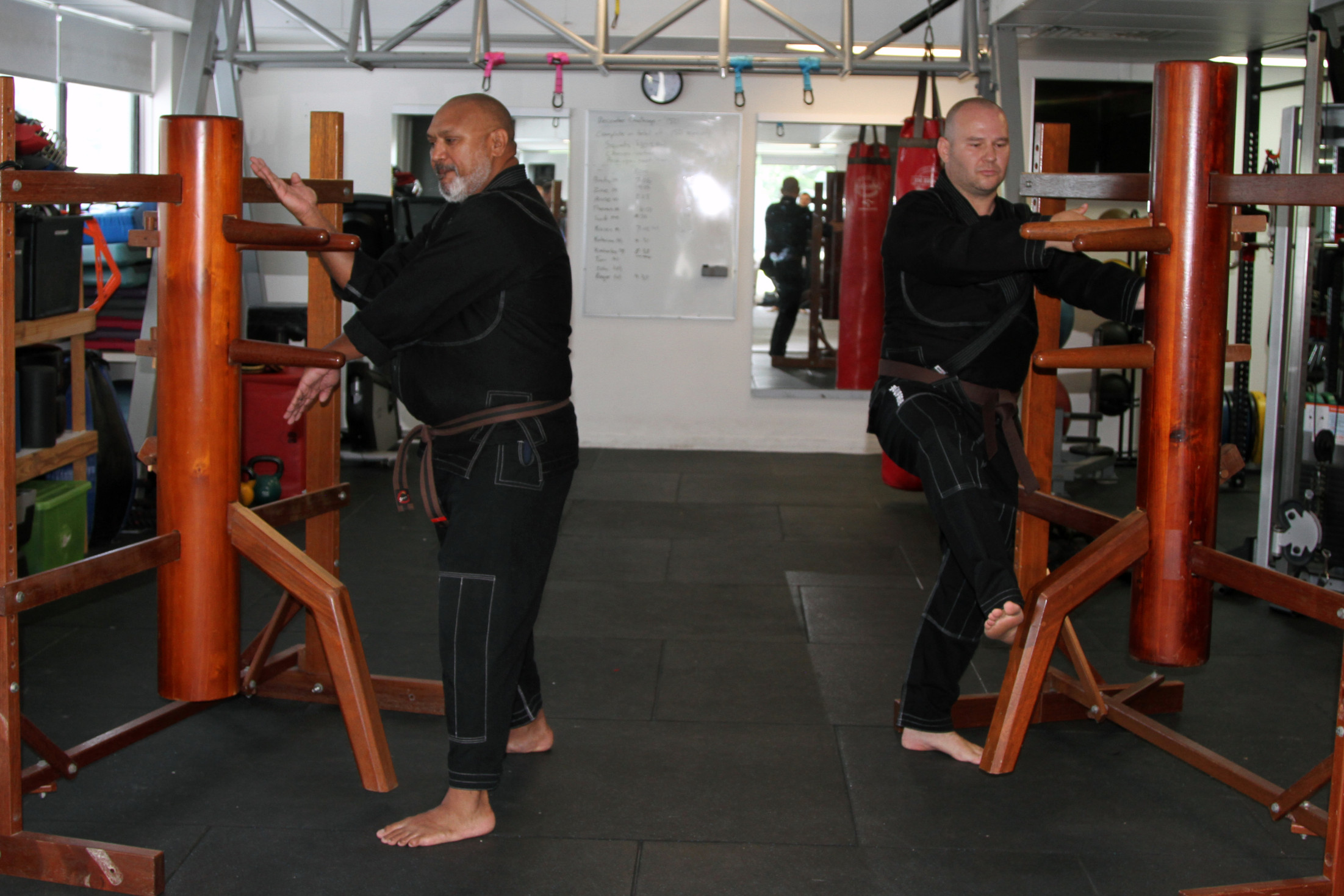The Importance of Martial Arts Training in Modern Military
Enhancing Close Quarter Combat Skills
Modern warfare often involves complex urban combat scenarios that cannot be solved solely with firearms. Situations may arise which require soldiers to resolve conflicts in close quarters without risking collateral damage or exposing their position. Hand-to-hand combat training provides an important non-lethal option for such situations. Experts like Paul Cale who served with Australia’s elite military units argue that real-world battles do not unfold like target practice. Opponents will fight to survive and disable an enemy at arm’s reach requires specialised skills.

Lessons from Recent Conflicts
Cale’s own experience of a deadly scuffle during a night raid in Afghanistan underscored the need for improved training. Upon returning, he worked to develop a new program better preparing commandos for unarmed encounters. Australia is now mandating his Army Combatives Program across all personnel with additional advanced training for frontline troops. Other militaries followed suit after evaluating modern warfare. The US Army adopted its combatives system while Marines practice Mixed Martial Arts-inspired curriculum to teach lethal and non-lethal hand-to-hand techniques. When firearms cannot or should not be used, these skills save lives in close quarters.
Holistic Approach to Combat Readiness
According to the Australian Army’s Director of Training, the new regime is part of an integrated approach spanning all soldiers. Firearms training will integrate with unarmed combatives to form a coherent continuum enhancing soldiers’ capabilities. Different cohorts will receive tiered instruction according to their roles from basic self-defense to specialised courses. The program conceptualises combat preparation holistically rather than focusing on discrete skills. Proficiency across domains from shooting to scuffling optimises flexibility and options on the unpredictable battlefield. Mental resilience is as essential as physical prowess to respond effectively in varied threats.
Martial Mindset Builds Adaptability
Regular martial arts practice cultivates crucial intangible attributes. When anxious situations arise, the training kicks in automatically much like musculoskeletal memory. Students of combatives learn to face fear and overcome discomfort steadily through repetition till it no longer cripples them. This mental toughness transfers beyond the mat to any challenging circumstances. Remaining solution-focused under pressure differs from bravado and comes from experiences of adversity. Martial artists also gain appreciation for balance and staying engaged in life’s multiple aspects prevents burnout. Well-roundedness nourishes inner peace and poise necessary to improvise amid chaos rationally.
Technical Skills Enable Non-Violent Solutions
While combatives primarily teach fighting, the techniques also offer an alternative to aggression. Subduing an opponent without injury requires sensitivity, control and precision hastened by quick thinking. Martial arts instruct safe immobilization and restraint practiced under stress. Soldiers learn to incapacitate threats firmly yet compassionately if needed for defense or until backup arrives. These options can prevent fatality when dissent transforms into a physical confrontation unexpected. Non-combat roles may also benefit, like aid workers interacting with disturbed individuals. Having proportional response abilities maintains order without endangering anyone. Control fosters calm and critical thought above reflexive rage.
Professional Growth via Instruction
Obtaining higher ranks like black belts demands continually honing expertise as well as mentoring junior students. Teaching deepens comprehension while responsibility inspires leadership qualities. Instructors must explain intricate motor skills and refine feedback clearly. Planning curricula and tailoring lessons to varied learning styles strengthens pedagogical acumen. Leading by compassionate example keeps motivation high. Black belts additionally refine competitive skills by researching cutting-edge techniques and strategizing with peers. As ambassadors, they promote the virtues of their discipline in and out of the dojo. Martial arts thus cultivates well-roundedness and service-mindedness prized in military leadership.
Camaraderie Across Cultures
The global martial arts community facilitates cultural exchange proving how common ground exceeds differences. International training exposes students to diverse philosophies yet the respectful, cooperative atmosphere transcends borders. Shared interests foster rapport that bridges linguistic barriers. Deployed forces benefit from this exposure to cultural sensitivity which eases interactions with local populations. Events like cross-gym visits and seminars with foreign masters nurture sportsmanship and fellowship. Students proudly representing their styles and home countries unite in spirit. Martial arts galvanizes bonds that ameliorate stereotypes while celebrating cultural richness. Its universal language of bettering oneself and others through disciplined practice speaks to humanity.
Holistic Development Beyond Competition
While competition drives many toward black belt, the true significance lies beyond winning accolades or tournaments. Self-mastery presents a lifelong challenge where improvement matters more than results. Martial arts nourish diligence, humility, integrity and compassion and advocate resolving conflicts respectfully. Self-defense academies that emphasise bullying prevention and empowerment through confidence building offer community services. Instructors positively mold juniors holistically by role modeling core values. The reinforcement of these qualities aligns perfectly with military goals of producing responsible, ethical and well-adjusted service people. Overall, regular martial arts training enriches individuals and society far beyond the fighting techniques.
Conclusion
In conclusion, modern militaries appreciate how martial arts strengthen multifaceted combat preparedness and cultivate invaluable personal assets. The technical, mental and spiritual benefits transfer greatly to service whether on or off duty. While not replacing conventional training, regular combatives practice supplements it comprehensively. Given validations from leading armed forces worldwide implementing such programs, dismissing hand-to-hand skills outright would be short-sighted. Military organizations seeking an edge in today’s complex battlefields recognise how integrated martial arts training bolsters personnel on and off the field.
